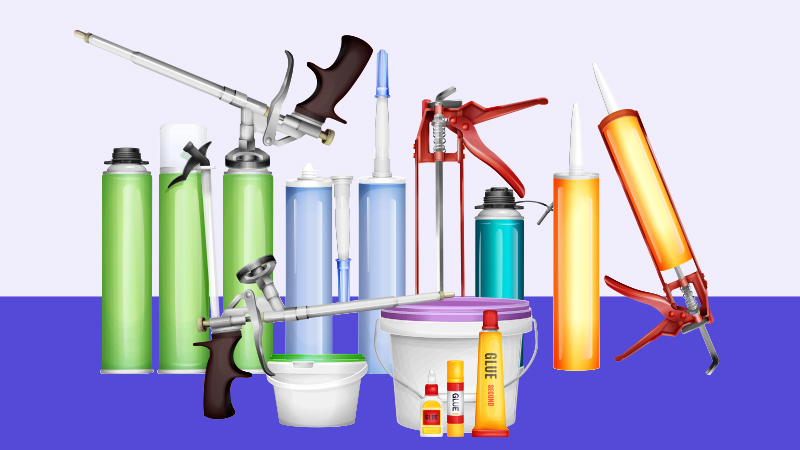
Risks of Supply Shortage to Continue in Silicones Market


The global silicone market is expected to witness an annual growth of 3.5-4 percent; however, owing to the lack of significant capacity extensions by major silicone suppliers, the risk of supply shortage will persist in the long term.
Major suppliers in the silicone industry include North America, Europe, and Asia-Pacific, each supplying 20 percent, 30 percent, and 45 percent respectively to the global silicone market. Asia Pacific regions are witnessing a growth in manufacturing electronics and CPG. Besides this, there is a rise in demand for healthcare appliances as well as renewable energy. All these form the key demand drivers.
There will be a surge in the demand for silicones in developing nations like India, China, LATAM, and others. It will be for manufacturing the polyurethane-based product in the construction and automotive sectors. Other driving factors include the infrastructural growth and increase in auto sales.
The price of silicone feedstock is high in regions like Europe and North America and medium in Asia-Pacific, with the annual growth rate being 3-3.5 percent, 3.5-4 percent, and 4.5-5 percent respectively. COVID-19 moderately affected the silicones market. Operating rates of the suppliers fell in the Q2 of 2020. The demand and supply got better in 2020's Q3.
China forms the major silicone consumer in the world, constituting 65 percent of the total consumption. Since the U.S. or Europe has huge domestic capacities, the bulk purchasers of silicones prefer engaging with the suppliers based in these regions.
The silicone market share in North America is 20 percent and the demand growth rate is 4 percent CAGR. Demand is driven here by medical, renewable energy applications such as aesthetic implants, windmill shafts, and solar power cells. Upcoming Silicone plant expansion in Thailand, Korea, and China will increase imports from APAC regions. It will be a cheaper option for North American CPG buyers.
Europe constitutes 30 percent of the capacity market share for silicone. The mature western European market led to stagnant downstream demand from the industrial applications and construction segments. Trade surplus makes Europe a net exporter of silicone to areas with high demand such as APAC, LATAM, and the Middle East.
The APAC market share capacity constitutes 45 percent and is expected to have a demand growth rate of 5.5 percent CAGR. Over 50 percent of the global demand for silicone is from the APAC in the construction and transportation industries. Large volumes of silicones are exported to the U.S., European market, Middle East, LATAM, and several APAC countries which have a supply deficit.
The liquid silicone rubber market size is gradually increasing as it is replacing the high consistency rubber in certain downstream applications. There will be a rise in the 0.65 and 1 cSt silicone fluid demand trend because of the strict regulatory environment for cyclic siloxanes. In the near future demand will be driven in the healthcare space for silicones as they will be used for carrying medical marijuana and cannabis oil for transdermal patches.
Key findings:
- Personal care, health care, renewable energy, oil, and automotive form the major downstream industries that drive the demand for silicone.
- Restriction of supply by OH polymer manufacturer, Dow for yielding various silicone products will cause an upward movement of silicone price in 2021.
- Demand for personal care products will remain high in the upcoming period as it is important to wash hands and maintain cleanliness using soaps and alcohol-based sanitizers.
- Global silicone market size reduced from 5 percent to 4 percent due to the pandemic in 2020. There has been a balanced supply-demand dynamics because of the fall in demand from the major downstream industries.
- The silicone price trend might not be like the pre-COVID levels. But supply issues will result in a spike in the silicone market price. Out will just be 50-60 percent of the pre-COVID levels.
- In countries like the U.S. and Europe, healthcare, medical, transportation, and renewable energy sectors are likely to cause a surge in the demand for silicone.
Related Insights:
View All
Get more stories like this
Subscirbe for more news,updates and insights from Beroe






